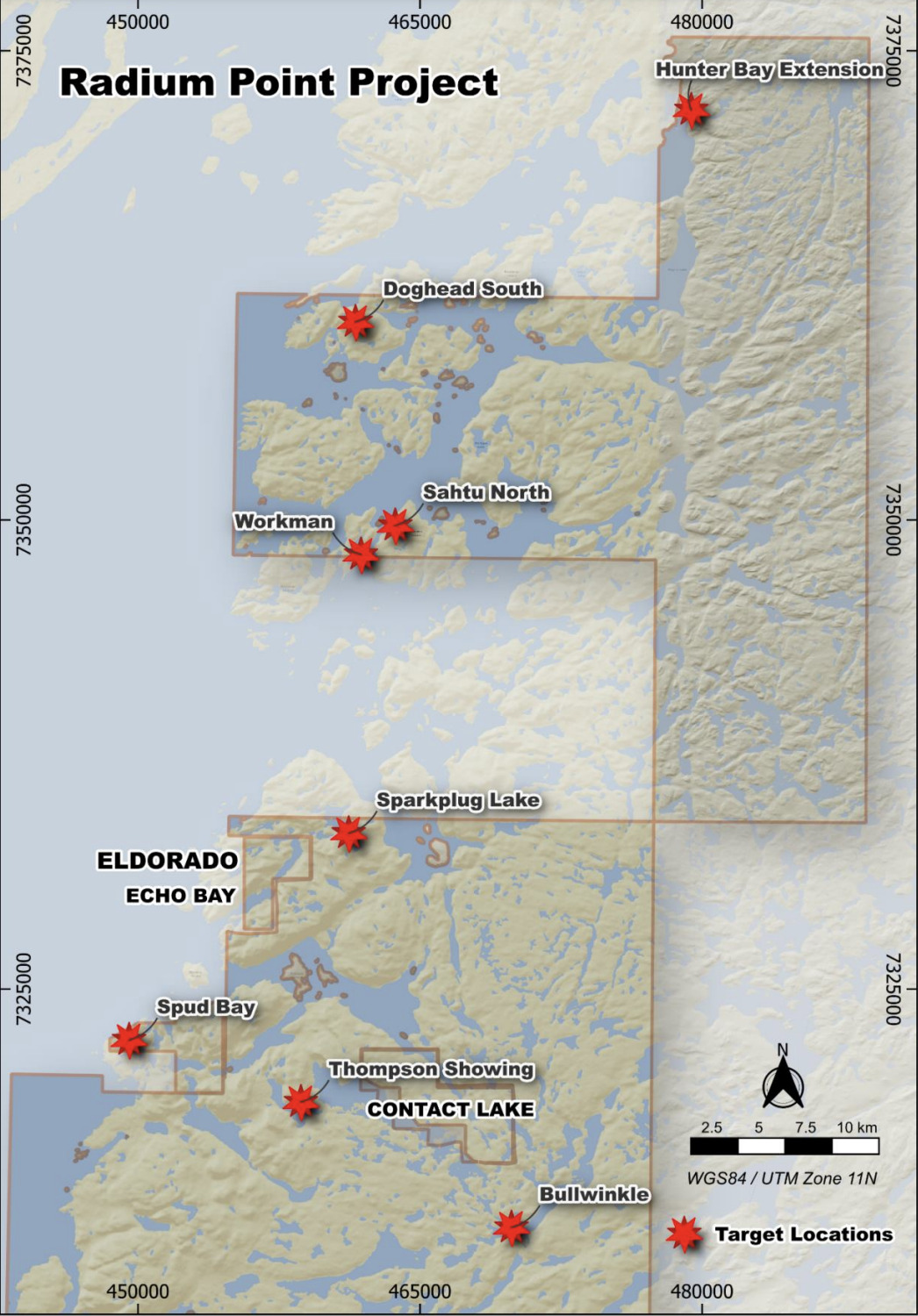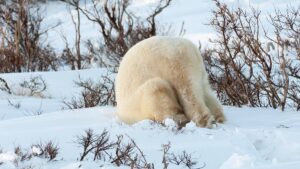Historical data uncovers multiple uranium, copper targets at White Cliff’s Radium Point project

Historical data has revealed plenty of uranium and copper targets to chase at White Cliff Minerals’ Radium Point project. Pic via Getty Images
- Historical data identifies multiple high-grade uranium and copper targets at Radium Point
- Work completed to date covers northern and near-mine parts of the 2,900km2 project in Canada
- Database will help target definition for the upcoming field program
Special Report: A decision to digitise historical analogue datasets for the northern half of its Radium Point project has paid off for White Cliff Minerals with the identification of multiple high-grade uranium and copper targets.
The ~2,900km2 Radium Point project in Canada’s North West Territories includes the historical Eldorado uranium mine – the largest of its kind in Canada when it was mined between 1930 and 1960.
Historical production consisted of 13.7Mlb uranium, 34.2Moz refined silver, 11.38Mlb of copper with gold credits along with 104,000kg lead, 127,000kg nickel and 227,000kg cobalt.It was identified by the provincial geoscience office as having the highest potential for large-scale IOCG uranium mineralisation in Canada.
White Cliff Minerals (ASX:WCN) has indicated it intends to focus on former mined areas for extensions to previously exploited mineral bodies, as well as known outcropping prospects throughout the license area.
Historical work guiding the way
Historical rock chip sampling at the northern licences that make up Radium Point returned significant results but were not followed up.
At the Thompson Showing target, samples returned assays such as 14.15% U3O8, 6.22gt gold and 122g/t silver, as well as 15.15g/t gold, 6.6% copper, 2.32% U3O8, 137g/t silver, 1.11% cobalt and 0.58% nickel.
Spud Bay included 22.72% copper, 619g/t silver and 0.59% lead, while Bullwinkle boasted 7.43% U3O8 and 2.77% copper.
Other targets include Doghead South (3.85% U3O8, 4.05g/t gold and 7g/t silver) and Sparkplug Lake (3.97% copper, 4.42g/t gold and 12.4g/t silver).

WCN chairman Roderick McIllree thanked shareholders for their patience while the company worked through the digitisation and verification process.
“It has taken considerable time to collate and verify these historical results, however, it has been worth the wait,” McIllree said.
“Work continues on the assimilation of the remaining datasets for the balance of the 2,900km2 licence area, however, the tenor of these results already gives us great confidence in our upcoming field season.
“It’s important to stress that these results are from the northern half and near mine project areas only. The area to the south contains results that appear higher grade in nature with a larger surficial expression, however we need more time to complete the verification process for this vast area and will release these results in due course.
“I am very comfortable saying this is the most exciting multi-element project I have seen. Even though this is a first pass on these near-mine and regional anomalies, I am confident we are well placed to make significant discoveries on our ground during 2024.
“Utilising this new database of geophysical targets alongside surface geochemistry will assist greatly with the finalisation of our target definition for the upcoming field program.”
More work
While WCN is continuing the digitisation work, it also plans to conclude the 2024 work programs at its Radium Point and Coppermine projects.
McIllree says the company will make every effort possible to drill Radium Point during the coming year.
This article was developed in collaboration with White Cliff Minerals, a Stockhead advertiser at the time of publishing.
This article does not constitute financial product advice. You should consider obtaining independent advice before making any financial decisions.
Related Topics

UNLOCK INSIGHTS
Discover the untold stories of emerging ASX stocks.
Daily news and expert analysis, it's free to subscribe.
By proceeding, you confirm you understand that we handle personal information in accordance with our Privacy Policy.








